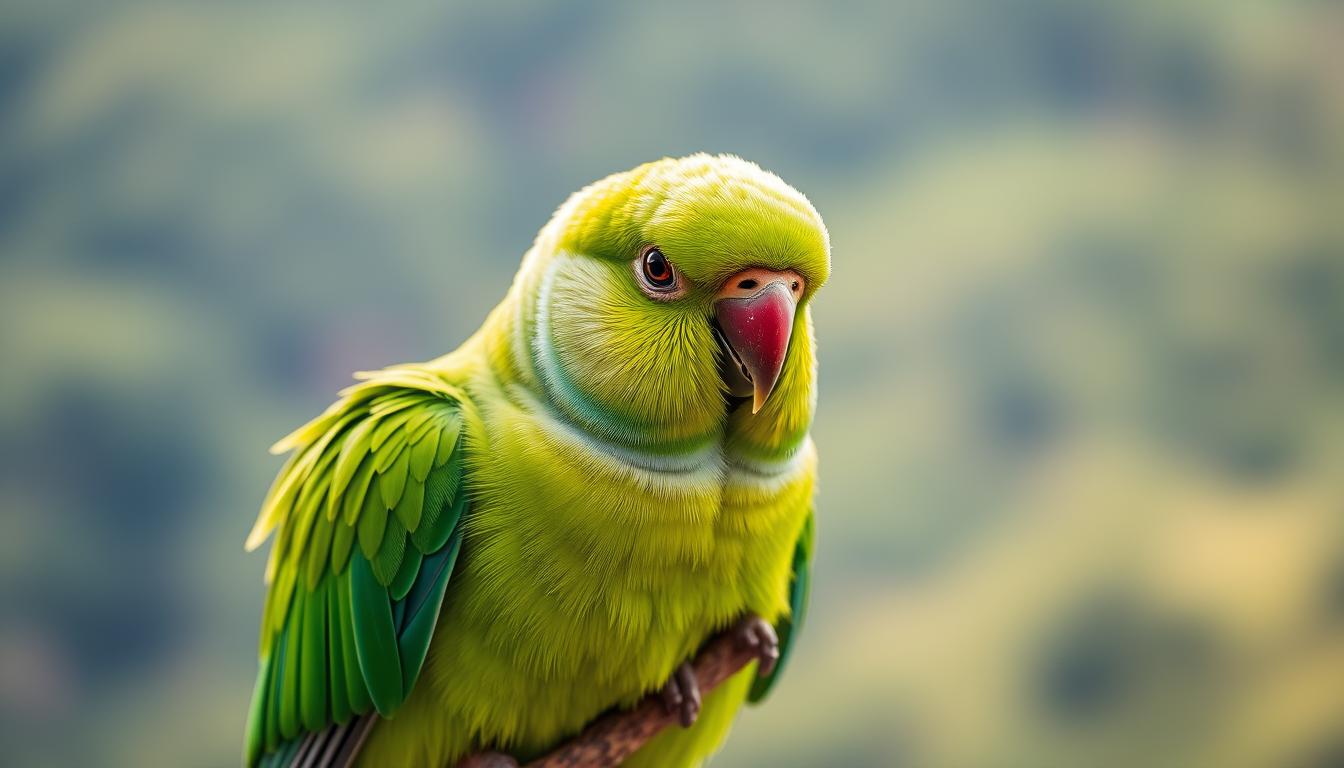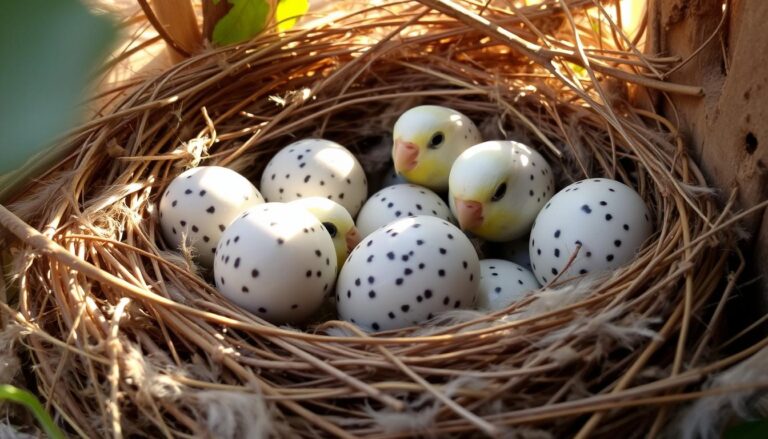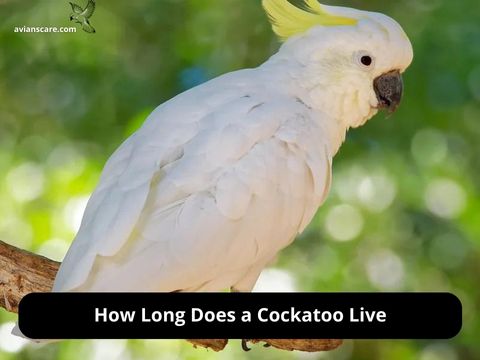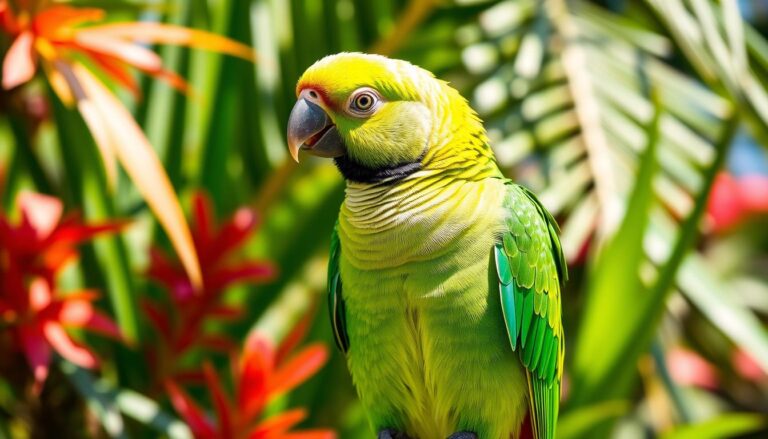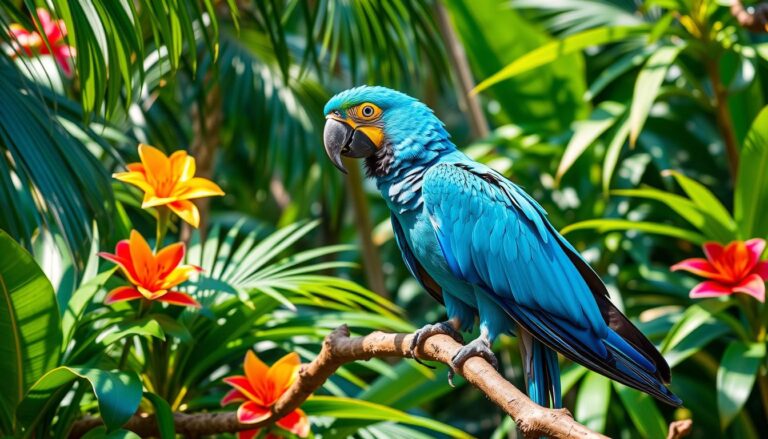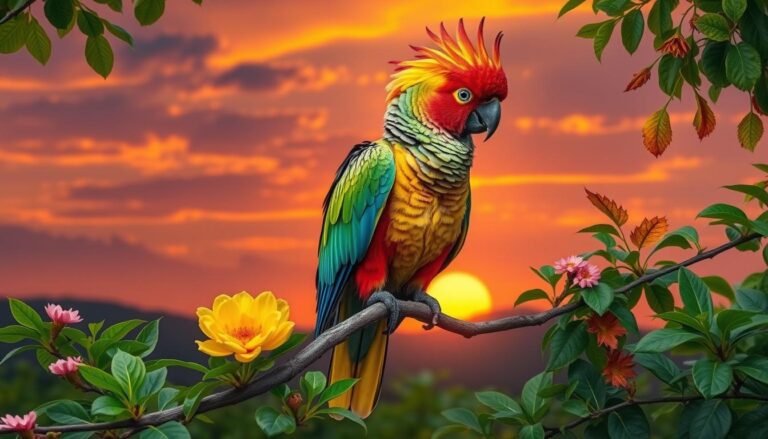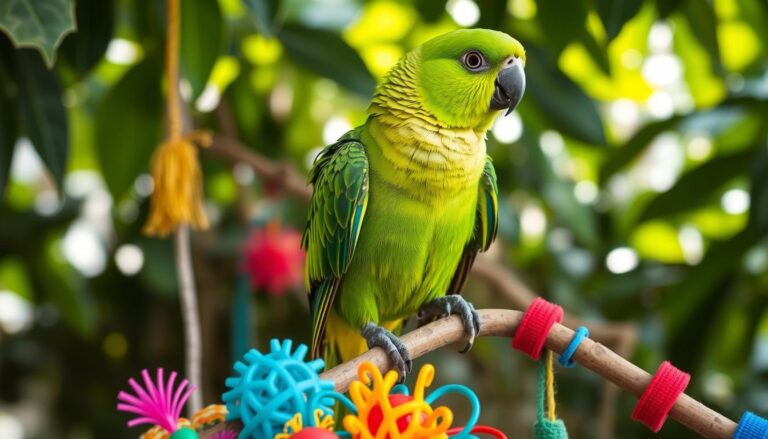Monk parakeet lifespan
Monk parakeets, also known as quaker parrots, are fascinating birds with a unique lifestyle. Unlike other parrots, they build large communal nests, helping them survive cold winters in places like New York and Chicago. These bright green birds have adapted well to urban environments.
In the wild, these birds typically live around 6 years or more. However, with proper care in captivity, they can thrive for 15–20 years. Their ability to form tight-knit colonies contributes to their resilience.
Despite being labeled as agricultural pests in some regions, monk parakeets hold an IUCN status of “Least Concern.” Their scientific name, Myiopsitta monachus, reflects their monk-like appearance. Whether as wild survivors or beloved pets, they continue to captivate bird enthusiasts.
Key Takeaways
- Monk parakeets are the only parrot species with communal nesting habits.
- They thrive in U.S. cities like NYC and Chicago due to their cold-weather adaptations.
- Wild individuals live around 6 years, while captive ones can reach 15–20 years.
- They are classified as “Least Concern” by the IUCN despite being considered pests.
- Their scientific name is Myiopsitta monachus, often called quaker parrots.
Understanding Monk Parakeet Lifespan
These vibrant green birds, native to South America, showcase remarkable adaptability. Their survival strategies differ drastically between wild and captive environments, influencing how long they live.
Wild vs. Captive Survival Rates
In their natural grassland habitats, these parrots face numerous challenges. Predators, harsh weather, and food scarcity limit their average lifespan to just 6 years. Urban feral populations, like those in Mexico, often fare slightly better by nesting on power lines and buildings.
Captive birds enjoy significant advantages:
- Protected from predators and extreme weather
- Balanced diets with essential nutrients
- Regular veterinary care preventing diseases
Exceptional Longevity Records
While most wild species members perish young, captive individuals frequently reach 15–20 years. Zoological studies document one remarkable case of a 30-year-old specimen. Subspecies variations also exist—M. m. calita tends to outlive M. m. monachus by 2–3 years.
Escaped pets occasionally join wild flocks, temporarily boosting local populations. However, their lack of survival skills usually shortens their years in nature compared to born-wild counterparts.
Factors Affecting Monk Parakeet Longevity
Nutrition, social bonds, and health risks shape their survival. These birds thrive when their needs are met, whether in the wild or as pets. Understanding these factors helps ensure their well-being.
Diet and Nutrition Requirements
Daily food intake matters. They need roughly 100g of balanced meals, mixing seeds with fresh fruits and vegetables. Poor diets lead to malnutrition, shortening their years.
Captive birds benefit from pellets fortified with vitamins. Avoid avocado and chocolate—they’re toxic. Fresh water and occasional protein (like boiled eggs) support their ability to stay healthy.
Impact of Social Behavior and Nesting
Their family units are tight-knit. Communal nests, sometimes housing dozens, provide warmth in winter. These structures shield them from predators and harsh weather.
Reproduction plays a role too. Females lay 1–11 eggs per clutch, with the colony sharing parenting duties. This teamwork boosts chick survival rates.
Common Health Threats
Myiopsitta monachus faces risks like psittacosis, a zoonotic disease. Regular vet care prevents outbreaks in captive flocks. Wild birds face electrocution from power lines and pesticide exposure in farmlands.
Urban nests on utility poles sometimes trigger pest control measures. Still, their adaptability keeps populations stable in most regions.
Monk Parakeet Care for Extended Lifespan
Owners play a crucial role in ensuring their pet’s longevity. Proper housing, medical attention, and behavior monitoring are essential for a thriving bird.
Optimal Cage Setup and Enrichment
A spacious cage is vital. The minimum dimensions should allow a 48cm wingspan for flight exercise. Horizontal bars encourage climbing, promoting physical activity.
Enrichment prevents boredom. Foraging toys, like puzzle feeders, mimic wild behaviors. Rotate toys weekly to maintain interest.
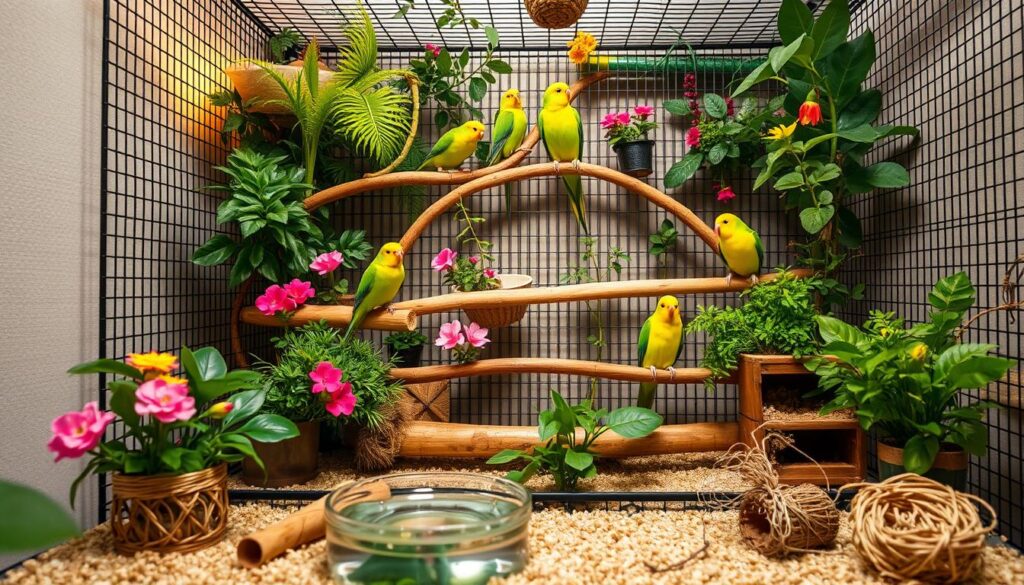
Veterinary Care Essentials
Annual vet visits are non-negotiable. Psittacine beak and feather exams detect early health issues. Vaccines for common avian diseases are recommended.
Watch for signs like fluffed feathers or a drooping tail. These may indicate stress or illness requiring prompt attention.
Behavioral Indicators of Health
Healthy birds vocalize brightly. Stressed ones may screech excessively or stay silent. Normal droppings are firm with white urates—watery or discolored waste signals problems.
| Healthy Signs | Warning Signs |
|---|---|
| Active preening | Feather plucking |
| Bright eyes | Discharge or swelling |
| Balanced diet (e.g., vegetables) | Refusal to eat |
Social interactions matter. These birds groom each other in pairs or groups. Isolation often points to underlying issues.
Unique Traits That Influence Their Survival
Among parrot species, quaker parakeets stand out for their resilience. Their ability to thrive in urban and wild areas stems from two key adaptations: cold-weather survival tactics and complex social nesting.
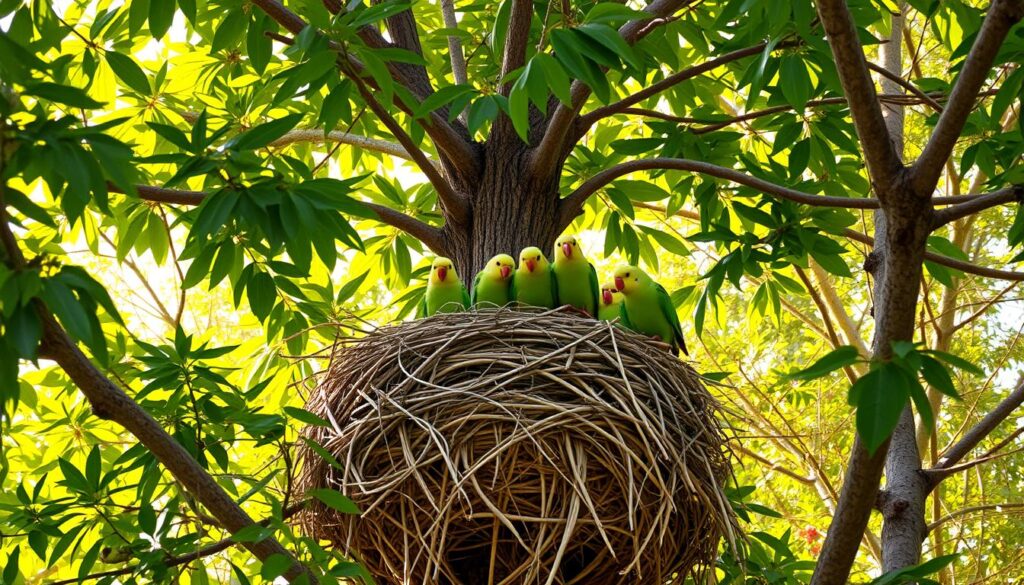
Engineering Winter Survival
Feral populations in cities like Chicago build nests on utility poles. These structures absorb heat from electrical transformers, acting as natural heaters. Inside, temperatures stay 10–15°F warmer than outside air.
Their nests have three layers:
- Outer shell: Thick sticks for insulation
- Middle layer: Twigs woven for stability
- Inner chambers: Soft fibers for warmth
Strength in Numbers
Communal nests house up to 200 birds, sharing body heat. In native south regions, colonies are smaller but more dispersed. North American groups cluster tightly for winter survival.
They occasionally share nests with kestrels or pigeons. This reduces competition for prime nesting spots.
| Nesting Trait | South America | North America |
|---|---|---|
| Colony Size | 20–50 birds | 50–200 birds |
| Nest Height | Tree canopies | Power lines/buildings |
| Material Source | Natural branches | Urban debris (e.g., wires) |
Legal restrictions in 12 U.S. states limit ownership due to agricultural concerns. However, their adaptability ensures stable feral populations worldwide.
Conclusion: Balancing Care and Conservation
Balancing conservation efforts with responsible pet ownership is key for these adaptable birds. With over 10,800 individuals in Madrid alone, their success in urban nature sparks debates—Spain banned ownership in 2013 due to invasive risks.
Solutions exist. Relocating nests from power lines preserves colonies without destruction. A balanced diet of fruits and seeds in captivity mirrors wild habits, supporting health. Helper birds in pairs showcase their cooperative rearing.
Citizen science programs can track feral populations, aiding research. By promoting responsible breeding and habitat stewardship, enthusiasts ensure these birds thrive—both in trees and cities.

